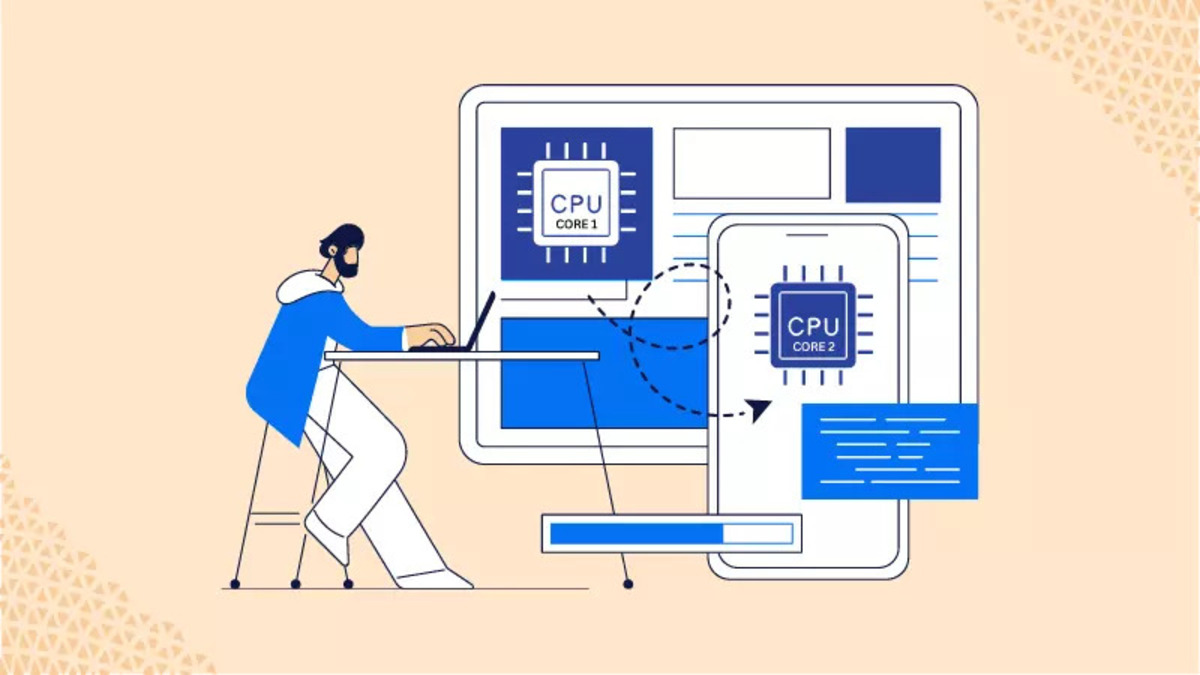Empowering Distributed Computing with Open-Source Solutions
Grid computing has become a cornerstone of modern data processing, enabling researchers, businesses, and institutions to leverage distributed resources for complex computations. Unlike traditional centralized computing, grid computing pools resources from multiple locations, making high-performance computing more accessible and cost-effective.
The success of a grid computing system depends on the software that manages resource allocation, task scheduling, security, and scalability. Open-source tools have played a pivotal role in making grid computing widely available, allowing organizations to deploy flexible and cost-efficient distributed computing infrastructures.
This article highlights some of the most essential open-source tools for grid computing. Whether you are working in scientific research, enterprise applications, or big data analytics, understanding these tools will help you optimize performance, improve resource management, and enhance security within a grid environment.
Globus Toolkit: A Foundation for Grid Computing
Globus Toolkit is one of the earliest and most widely used middleware platforms for grid computing. It provides a comprehensive suite of services that enable secure and efficient resource sharing across distributed systems.
One of its key strengths is its ability to handle authentication, data transfer, and resource management. Organizations that require high-performance distributed computing, such as research institutions and government agencies, use Globus Toolkit to manage large-scale scientific computations. Its security features, including encryption and access controls, make it a trusted choice for handling sensitive data.
Despite its wide adoption, development of the Globus Toolkit has officially ended, but many of its core principles continue to shape modern grid computing architectures. Some projects have extended its functionality or integrated its components into newer frameworks, keeping its legacy alive in distributed computing.
HTCondor: High-Throughput Computing Made Simple
HTCondor is a powerful open-source workload management system designed for high-throughput computing (HTC). Unlike traditional batch-processing systems, HTCondor allows organizations to harness idle computing power across multiple machines, making it an ideal choice for grid computing environments.
This tool is widely used in scientific computing, particularly in fields like physics, bioinformatics, and climate modeling. It enables users to run thousands of jobs across a distributed network without overwhelming local resources. HTCondor’s built-in job scheduling and fault tolerance mechanisms ensure that tasks are completed efficiently, even in environments with fluctuating resource availability.
Another notable feature of HTCondor is its ability to work with other grid computing frameworks, such as Globus and Open Science Grid, allowing seamless integration into larger computing infrastructures.
BOINC: Harnessing Volunteer Computing
The Berkeley Open Infrastructure for Network Computing (BOINC) is an open-source platform that enables distributed computing by harnessing the power of volunteer computers. Unlike traditional grid computing, which is typically restricted to organizational networks, BOINC allows researchers to tap into the processing power of millions of computers worldwide.
BOINC has been used for groundbreaking projects such as SETI@home, which analyzes radio signals for extraterrestrial life, and Folding@home, which helps researchers study protein folding for medical advancements. This model allows scientific researchers to run large-scale simulations without the need for expensive computing infrastructure.
By decentralizing computing resources and engaging a global network of contributors, BOINC demonstrates how open-source grid computing can make high-performance computing accessible to anyone with an internet connection.
Apache Hadoop: Big Data Processing at Scale
Apache Hadoop functions as an open-source framework that supports distributed storage and processing of massive datasets. Although many associate it with cloud computing, its distributed file system (HDFS) and MapReduce programming model also work effectively in grid computing environments. Moreover, Hadoop’s architecture offers flexibility, making it suitable for a wide range of data-intensive applications.
Hadoop enables organizations to break down large computational tasks into smaller components and process them across multiple nodes in parallel. Consequently, this approach significantly boosts efficiency and speeds up data handling. Furthermore, it proves particularly valuable for data analytics, machine learning, and financial modeling, where managing and analyzing large volumes of information quickly plays a crucial role in decision-making.
Its ability to scale horizontally, coupled with its robust ecosystem of tools such as Apache Spark and Apache Hive, makes Hadoop one of the most versatile solutions for distributed computing.
Open Grid Engine: Streamlining Job Scheduling
Open Grid Engine (OGE) operates as an open-source job scheduler that optimizes resource allocation in grid computing environments. It manages workloads effectively by distributing tasks across available nodes, and as a result, computing resources are utilized more efficiently. Additionally, OGE enhances overall system performance by reducing idle time and balancing workloads across multiple nodes.
Many research labs, universities, and enterprises rely on OGE for batch processing of computational workloads. Moreover, its advanced scheduling algorithms enable priority-based job execution, allowing critical tasks to run first. Therefore, OGE proves ideal for environments where multiple users share the same computing resources, ensuring fair allocation while maintaining high system productivity.
The flexibility of Open Grid Engine enables integration with other grid computing frameworks, making it a valuable component in distributed computing systems that require efficient task execution.
Unicore: Secure and Scalable Grid Middleware
UNICORE (Uniform Interface to Computing Resources) serves as a middleware solution that provides secure and scalable access to distributed computing resources. It offers a seamless interface for managing complex computational workflows, and, moreover, it allows researchers to coordinate tasks efficiently across multiple institutions and organizations.
Researchers across Europe widely adopt UNICORE, especially in climate modeling, engineering simulations, and bioinformatics. Additionally, the platform stands out for its strong focus on security. It uses robust authentication and authorization mechanisms, and as a result, it ensures safe and reliable access to grid resources while supporting collaborative scientific projects.
By providing a standardized platform for running complex workflows across different infrastructures, UNICORE simplifies grid computing for researchers and developers alike.
Gfarm: Distributed File System for Grid Computing
Gfarm functions as an open-source distributed file system specifically designed for high-performance grid computing applications. It replicates files efficiently across multiple nodes, which minimizes latency and, furthermore, maximizes throughput.
This tool proves especially valuable for scientific research because researchers often need to process large datasets across multiple locations. By distributing data intelligently, Gfarm reduces bottlenecks and, in addition, ensures that computational nodes access necessary files quickly, allowing research tasks to run more smoothly.
The ability to scale dynamically and support high-speed data transfers makes Gfarm an excellent choice for organizations that rely on grid computing for data-intensive workloads.
The Growing Impact of Open-Source Grid Computing Tools
Open-source tools have played a critical role in making grid computing accessible and efficient. By providing flexible, cost-effective solutions, they empower researchers, enterprises, and developers to build powerful distributed computing systems without the constraints of proprietary software.
As grid computing continues to evolve, these tools will be instrumental in shaping the next generation of high-performance computing applications. Organizations that embrace open-source solutions will benefit from greater flexibility, scalability, and community-driven innovation, ensuring that they stay ahead in an increasingly data-driven world.



